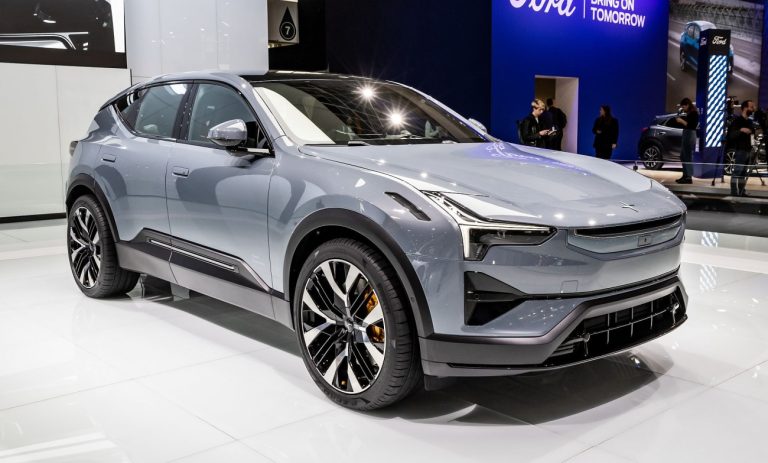The Consumer Electronics Show (CES) 2024 in Las Vegas, United States, unveiled many future technologies for the automotive industry as expected, with artificial intelligence (AI) playing a largely dominant role through next-generation chips and the emergence of a new field. ,Software-defined vehicles.
CES 2024 is full of exciting future technology set for the automotive industry, as technology companies and OEMs reveal their ambitions with next-generation products and software.
Intel Corporation It's a good place to start, as Intel CEO Pat Gelsinger has announced his intentions for AI in 2023, declaring that “Intel will put AI in every platform it builds.” At CES, that ambition showed itself as an AI chip, defined by the tech giant as “the first generation of an AI-powered, software-defined vehicle system on a chip.”
Like most technology communities, Intel believes that future cars will become a universal software platform. The technology in the image below represents an AI-powered personal computer (PC). This concept is based on security, as Intel believes that artificial intelligence is much better when running on a computer than on the Internet. The new chip will improve this platform, enhancing navigation, voice assistants and vehicle controls. Intel's first customer in the global automotive sector is Geely-owned Zeekr, which plans to implement Intel's AI chip later this year.
Intel also announced at CES 2024 its plans to unveil a series of systems-on-chip (SoCs) designed explicitly for future software-defined vehicles (SDVs). But what is SDV?
The rise of SDVs
In the age of communication, Modern fleet vehicles are generally described as mobile data banks. The SDV trend is gaining momentum as innovative vehicles increasingly use software-powered hardware. This allows the vehicle's capabilities to be upgraded through software rather than changing specific physical parts. As connected technologies take the modern vehicle to a new level, built-in or added software capabilities will play a critical role in efficiency and safety in the future.
TechCrunch says the cars specified with the SDV will have a “simplified electronic architecture” compared to current cars that have about 100 electronic control units (ECUs). By using one or two ECUs, all functions will work smoothly, and there will be no confusion in connecting functions together in case of an update.
Intel is one of the tech giants planning to shape up SDV capabilities, including better voice assistants, entertainment and business options like video conferencing, and safety features like driver monitoring systems.
Competition heats up competition
Nvidiaone of Intel's main competitors, has also been busy working on AI technology related to SDV and announced this Lee Otto The NVIDIA DRIVE Thor car central computer will be used in next-generation cars. In addition to Chinese brands Great Wall Motors, RememberAnd Xiaomi (which unveiled its first electric car last month) will use the NVIDIA DRIVE Orin platform for its intelligent automated driving systems.
Polestar displays Polestar 3 At CES 2024, powered by the NVIDIA DRIVE Orin mainframe, which enables the Driver Monitoring System (DMS), which is standard for the Polestar 3. The advanced safety technology uses surveillance cameras and software developed by Smart Eye, which even tracks the driver's eyelid movements and triggers warnings in case There are risks.
Mercedes Benz It also unveiled new software-based technology in various models, including the Concept CLA series, using NVIDIA Drive Orin to enhance SDV capabilities. Mercedes-Benz and NVIDIA began working together on next-generation automotive computers in 2020 to develop autonomous driving, over-the-air (OTA) and driver monitoring capabilities for SDVs. This term appeared in the first decade of the 21st century, and after almost a decade, it unleashed itself in the automotive sector. Starting in 2024, SDV technology is expected to be connectivity-driven and may transform portable data banks into portable smartphones.
|
NVIDIA DRIVE THOR. Courtesy of Nvidia. |
The main image shows the Polestar 3 at the Brussels Autosalon European motor show, January 2023. Courtesy of Shutterstock, 2249386841.


